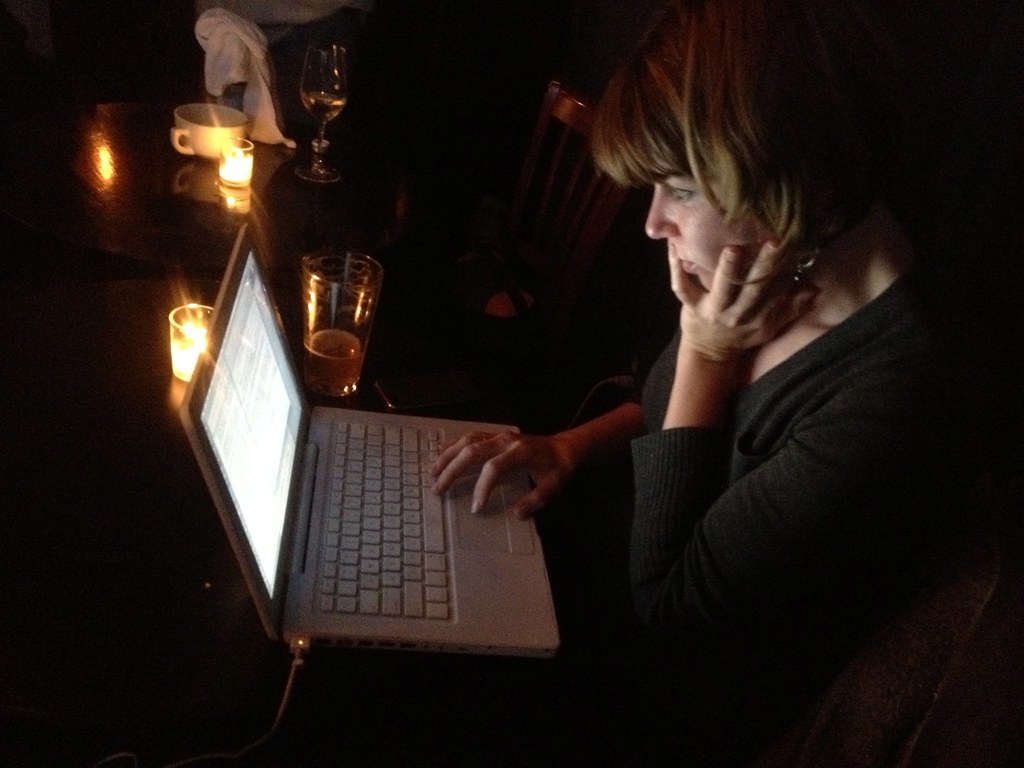People from Europe are renowned for their beauty, excellent characters, attitudes, and cleverness. However, despite these traits, they continue to be vulnerable to dangerous prejudices that harm both the males who see them and them. The most common misconception is that they are seen as gold diggers. This is related to the standard male-female jobs in postsocialist nations, where men are in charge of ensuring economic security and women are mostly concerned with the needs of their families and children. As it implies that women lack the resources or capacity to make independent decisions or accept responsibility for their own lifestyle, this sexist stereotype can make women dependent on their partners and can also make them feel inferior.
As a result, the portrayal of German females as metal miners is not only offensive, but it can also have negative effects on their physical and psychological health in the real world. Regrettably, this kind of stereotyping, which has its roots in long-standing preconceptions, continues to thrive in the multimedia. The stereotype of eastern Western females as platinum prospectors is all too prevalent, whether in videos, Tv shows, or social advertising.
A prime example of how Eastern Europeans are portrayed on American hdtv is the notorious Borat brand. The movie, which stars younger artist Melania Bakalova in the name role, represents almost all of the unfavorable stereotypes about local women. Bakalova is portrayed as a regional helper with no aspirations other than her relationship with the rich man, and she is frequently seen vying for attention and wealth from the males in her immediate vicinity.
These stereotypes of women from northeast Europe as magic miners are not only detrimental to them, but they can also have an impact on how other people view the area. Professor of English and American studies at Arizona state university Claudia Sadowski-smith claims that these depictions gained popularity in the 2000s as a” stand-in” for depictions of West Asians. She womenandtravel.net/scandinavian-women/ tells Emerging Europe,” It’s less” controversial” to make fun of and caricature Eastern Europeans than it is to indicate a more contentious team like West Asians.”

Although it is clear that Mt’s character in the film does not accurately represent local women, her natural attributes do meet eastern splendor norms. She resembles famous people like Beyonce or Paris Hilton in terms of the bracelets, hair, and custom clothing she wears, which reinforces her reputation as a shallow, attention-seeking Barbie figurine.
The othering of Continental people is a result of cultural and class-related vocational constructs as well as their whiteness. The othering of eastern European women occurs at the intersection of sexualization and class-occupational constructions, according to scholars like Williams ( 2012 ), Parvulescu ( 2014 ), Glajar and Radulescu ( 2004 ), and Tuszynska ( 2004 ). They are seen as being unique from and poor to the rule as a result of their sexualization. As a result, they are easier to othere than people from other racial parties. Additionally, their othering is related to their status as recently wealthy refugees and their social standing.




